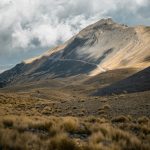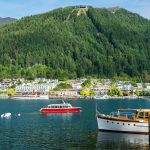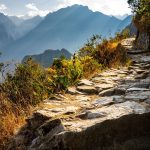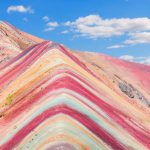Table of Contents
Iceland’s nickname as “Land of Fire and Ice” overshadows its equally impressive status as the land of waterfalls. With over 10,000 waterfalls in Iceland cascading across the country, finding the truly spectacular ones requires insider knowledge. Here’s your guide to Iceland’s most magnificent waterfalls, including several that remain gloriously uncrowded.
Seljalandsfoss: The One You Can Walk Behind
Seljalandsfoss isn’t a secret, but most visitors miss its true magic. This 60-meter cascade allows you to walk behind the curtain of water for a view few waterfalls in the world offer. What tourists don’t know: visit at midnight during the summer solstice when the sun hovers near the horizon, painting the water curtain gold while the crowds sleep.
The path behind the falls closes in winter due to ice, but the frozen waterfall creates extraordinary ice formations worth the visit. For photographers, the sweet spot isn’t directly behind the falls but rather from the far right side where you can capture both the waterfall and the person standing behind it.
Háifoss: The Forgotten Giant
Until recently, Iceland’s second-highest waterfall remained virtually unknown to tourists because of its challenging access. Now reachable via a rough F-road (requiring 4WD), Háifoss plunges 122 meters into an ancient volcanic canyon. What makes it extraordinary is the double-waterfall setup – its neighbor Granni falls alongside, creating a twin spectacle rarely seen elsewhere.
The drive requires navigation skills and a proper vehicle, but the reward is often having this giant entirely to yourself. Time your visit for early morning when the sun illuminates the eastern canyon wall, creating a golden backdrop to the falls. The viewpoint offers vertigo-inducing views straight down into the gorge.
Aldeyjarfoss: Basalt Column Perfection
Hidden in the northern highlands, Aldeyjarfoss presents the perfect marriage of geometric basalt columns and wild water. The symmetrical black basalt forms a horseshoe-shaped backdrop to the milky-blue glacial water. Despite its extraordinary beauty, the waterfall remains uncrowded due to its location far from the Ring Road.
The access road (F-26) requires a serious 4WD vehicle with high clearance, effectively filtering out most tourists. Photographers prize this location for the stark contrast between the geometric precision of the basalt and the chaotic power of the water. Camp at the nearby Sprengisandur site to capture both sunrise and sunset lights on the falls.
Dettifoss: Europe’s Most Powerful Waterfall
While not hidden, Dettifoss deserves its reputation as Europe’s most powerful waterfall. What most visitors miss is the eastern approach via Route 864. This rougher road leads to a viewpoint with one-third the visitors of the western side but with more dramatic perspectives.
The raw power of Dettifoss becomes most apparent after heavy rain, when the entire ground vibrates with its force. For the full experience, hike the rim trail connecting Dettifoss to its upstream neighbor Selfoss and downstream sibling Hafragilsfoss, experiencing three distinct waterfall personalities in one 4-kilometer walk.
Dynjandi: The Cascading Bridal Veil
The jewel of the remote Westfjords, Dynjandi spreads 100 meters wide at its base after tumbling down a series of stepped plateaus. Its name means “thunderous,” which becomes apparent as you approach along the hiking trail that passes six smaller waterfalls before reaching the main event.
The Westfjords location keeps crowds minimal, even in summer. The falls face west, making afternoon and sunset the perfect viewing times when light illuminates the cascade. Bring a wide-angle lens – Dynjandi’s unique shape requires it. The viewing platform halfway up the trail offers the most photogenic angle.
Hengifoss: The Red-Striped Wonder
In East Iceland, Hengifoss plunges 128 meters beside distinctive red clay layers sandwiched between basalt bands – a visual timeline of volcanic eruptions. The hour-long uphill hike filters out casual visitors, making this one of the least crowded spectacular falls in Iceland.
The geological story makes Hengifoss unique – those red stripes are 5-million-year-old clay beds formed during warm periods between volcanic eruptions. For the best experience, continue beyond the main viewpoint to the smallish plateau directly facing the falls. This unofficial spot requires careful navigation but rewards with an intimate perspective impossible from the standard viewing area.
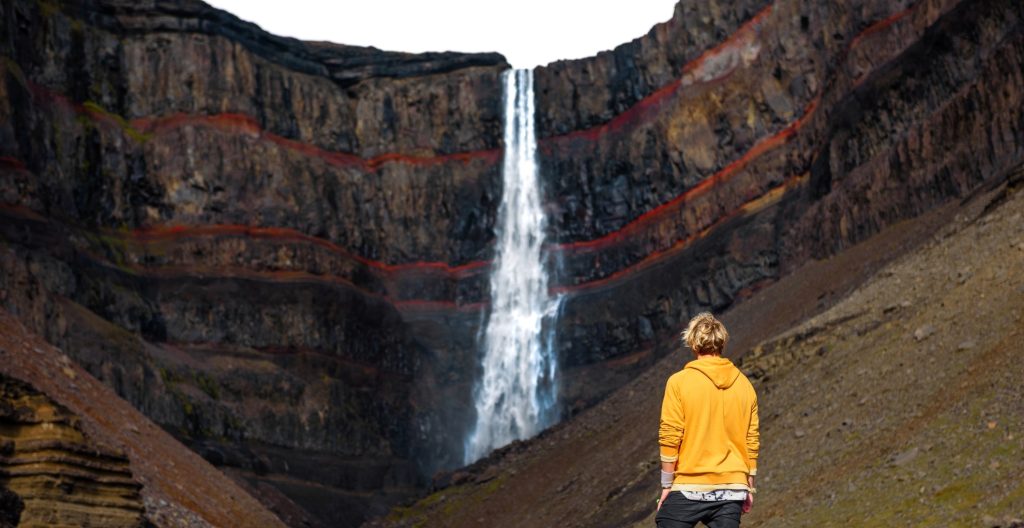
Glymur: The Hiker’s Waterfall
Until recently considered Iceland’s tallest waterfall at 198 meters, Glymur requires a commitment to reach. The 3.5-kilometer trail involves a river crossing using a log with a cable handhold (summer only) and steep terrain that becomes treacherous when wet. This challenging access ensures that even in peak season, you’ll share the falls with just a handful of others.
Most hikers view Glymur from the east side, but continuing across the river above the falls to the west viewpoint provides the superior vista. The full loop takes 3-4 hours and offers constantly changing perspectives. Start early – the morning light illuminates the entire canyon.
Svartifoss: The Architect’s Inspiration
Surrounded by hexagonal basalt columns in Skaftafell National Park, Svartifoss (Black Falls) inspired some of Iceland’s most distinctive architecture, including Hallgrímskirkja church in Reykjavík. The 1.5-kilometer uphill hike keeps the tour bus crowds away.
Visit in early morning before the day-hikers arrive, or in winter when ice forms between the basalt columns creating a natural pipe organ appearance. For a unique perspective, follow the unmarked photographers’ path to the right of the falls, which leads to a side angle showcasing the water against the columnar wall.
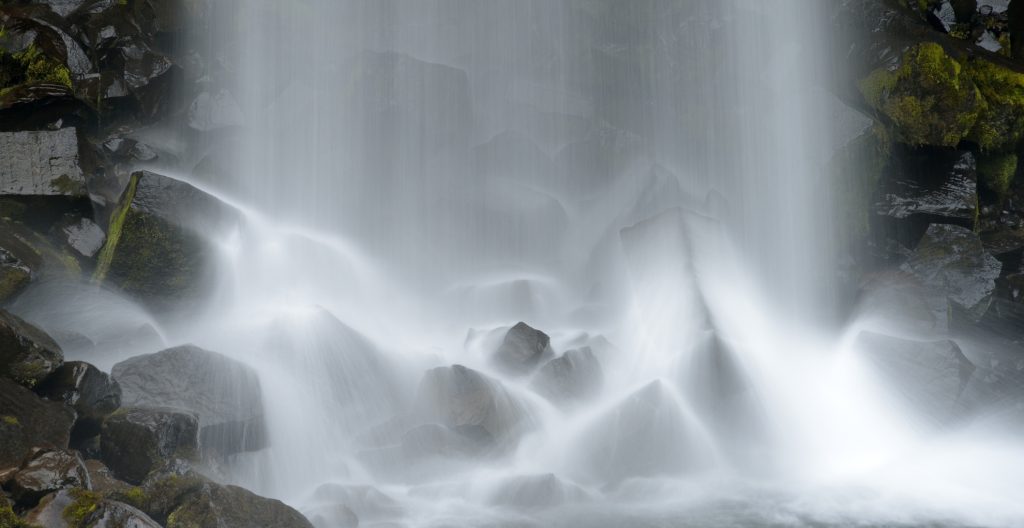
Gljúfrabúi: The Hidden Neighbor
Just 600 meters from famous Seljalandsfoss hides its secret sibling – Gljúfrabúi, concealed inside a rock cleft. To reach it, wade through a shallow stream into a hidden grotto where the waterfall plunges through a skylight opening. Despite its proximity to a major tourist stop, many visitors walk right past, unaware of the concealed spectacle.
Bring waterproof clothing and protection for your camera – the chamber fills with mist. The light beams that penetrate the ceiling opening create spotlight effects that photographers chase, most dramatic around mid-day in summer. For the adventurous, climb the slippery rock at the chamber’s side for a higher perspective.
Sigöldugljúfur: The Valley of Tears
Perhaps Iceland’s best-kept waterfall secret, Sigöldugljúfur canyon cradles not one but over a dozen waterfalls cascading down moss-covered cliffs. Located in the highlands near the Fjallabak Nature Reserve, this site remains absent from most tourist maps.
The unmarked trail begins near the Sigalda power station, requiring good navigation skills. The remoteness guarantees solitude – you might be the only visitor that day. Time your visit for early evening when low-angle light accentuates the textures of the canyon walls. The panorama point halfway down the canyon offers the best perspective for capturing multiple falls in one frame.
Planning Your Waterfall Adventure
Iceland’s waterfalls change dramatically with the seasons. Spring brings maximum water volume from melting snow. Summer offers midnight sun illumination and easier access to highland falls. Fall delivers rich colors in the surrounding landscapes. Winter transforms falls into sculptural ice formations but limits accessibility.
The most rewarding waterfall expedition combines famous cascades with these hidden gems, allowing you to experience both the popular photography spots and the profound serenity of Iceland’s lesser-known natural wonders. Remember to respect these fragile environments – stay on marked paths, pack out all trash, and preserve the pristine nature that makes Iceland’s waterfalls so extraordinary.

I’m Garrett, a seasoned photojournalist with a passion for uncovering the world’s hidden treasures. My journey is fueled by a deep curiosity for diverse cultures and breathtaking landscapes. When I’m not behind the lens capturing the world’s wonders, you can find me exploring underwater realms or sharing my passion for discovery with my two adventurous children.

